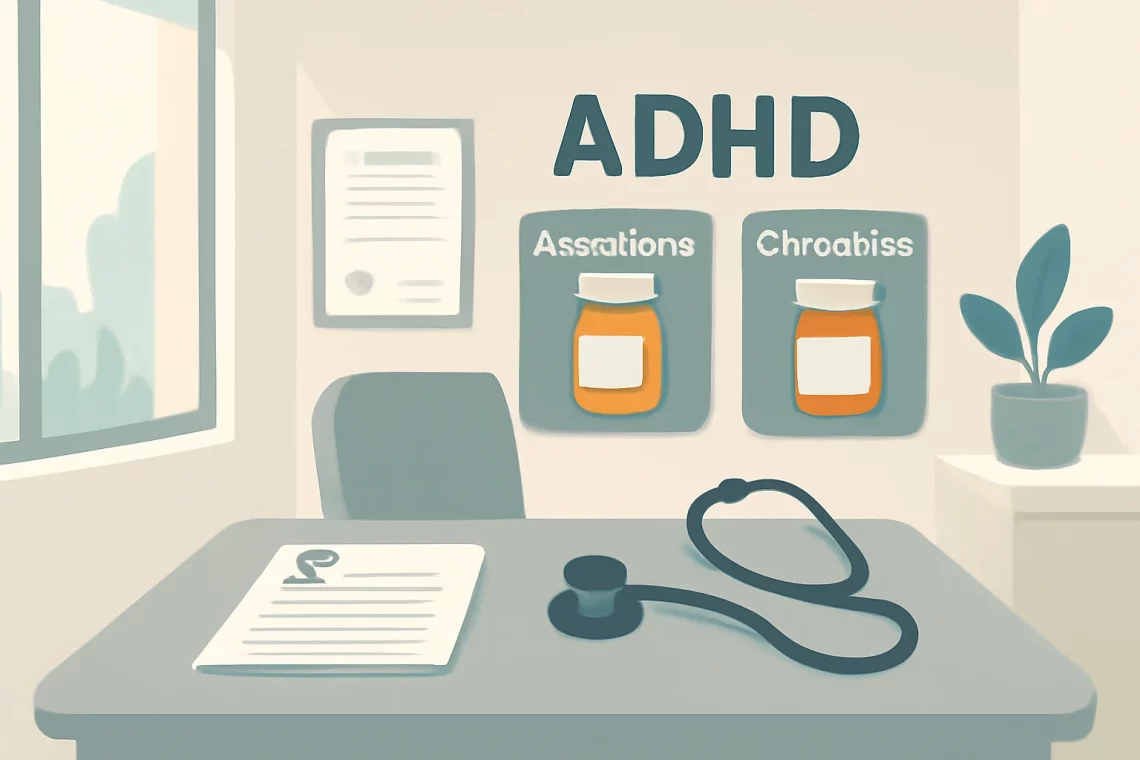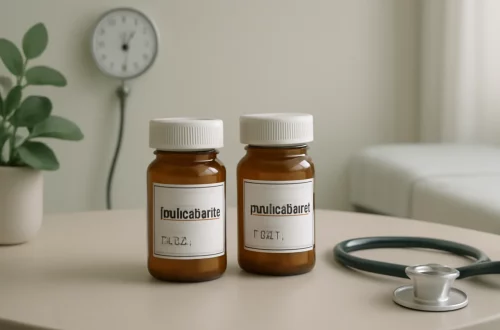-
Guanfacine vs Clonidine: Choosing the Right Medication for ADHD
Guanfacine and clonidine are both medications that belong to a class known as alpha-2 adrenergic agonists. They are primarily used to treat attention deficit hyperactivity disorder (ADHD) and hypertension, but they have gained attention for their potential benefits in various other conditions. As the medical community continues to explore their pharmacological profiles, patients and healthcare professionals alike seek to understand the nuances of each medication. Both guanfacine and clonidine work by affecting certain receptors in the brain, leading to a decrease in sympathetic nervous system activity. This can result in lowered heart rate and blood pressure, as well as improvements in attention and impulse control. However, despite their similarities, these…
-
Atomoxetine vs Guanfacine: Which is Better for ADHD Treatment?
Attention-deficit/hyperactivity disorder (ADHD) is a complex neurodevelopmental disorder that affects both children and adults. It is characterized by symptoms such as inattention, hyperactivity, and impulsivity, which can significantly impact daily life and functioning. As awareness of ADHD continues to grow, so does the demand for effective treatment options. While behavioral therapies are often recommended, pharmacological interventions are also frequently utilized. Among these, Atomoxetine and Guanfacine have emerged as two popular non-stimulant medications. Atomoxetine, a selective norepinephrine reuptake inhibitor, is primarily used in the treatment of ADHD. It works by increasing the levels of norepinephrine in the brain, which helps improve attention and decrease impulsivity and hyperactivity. On the other hand,…







